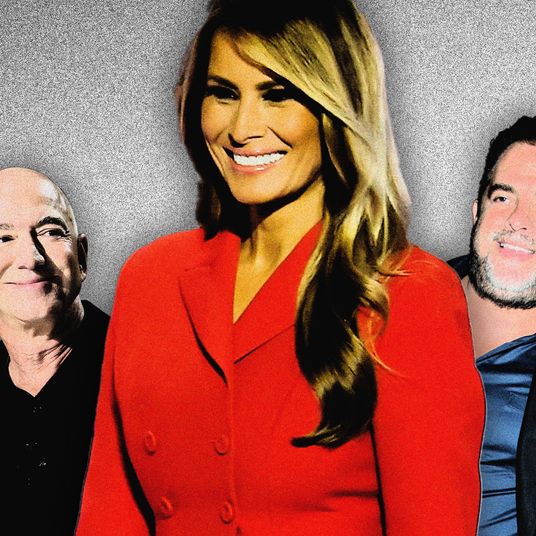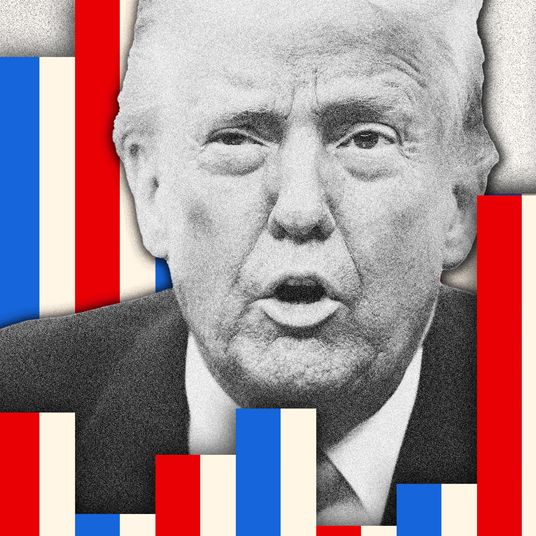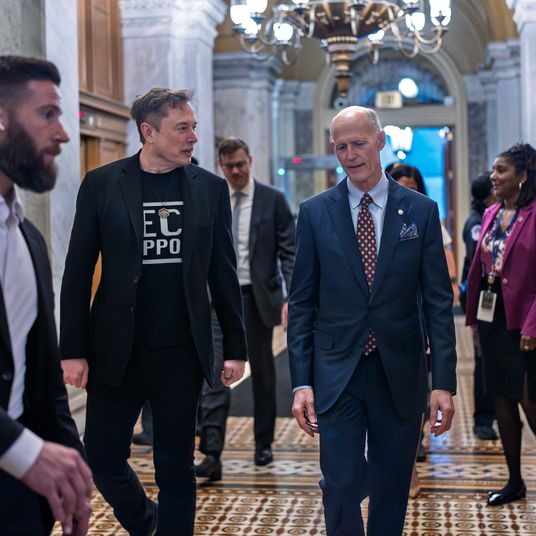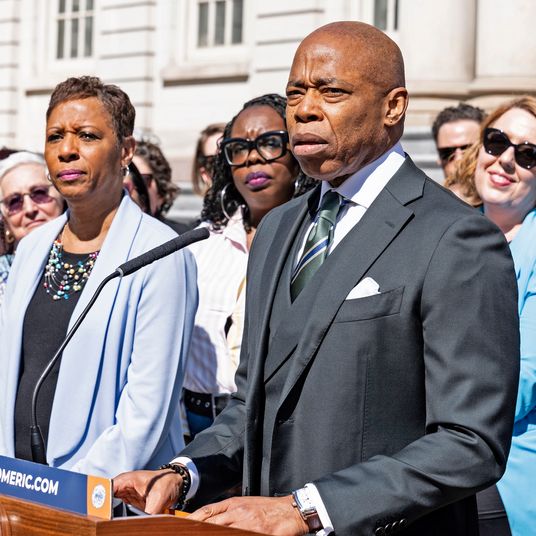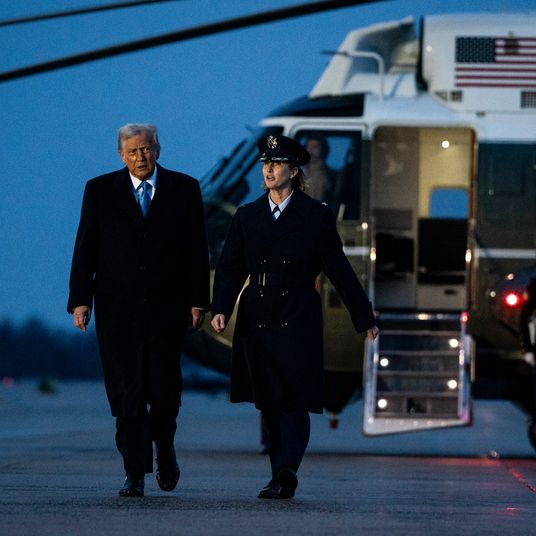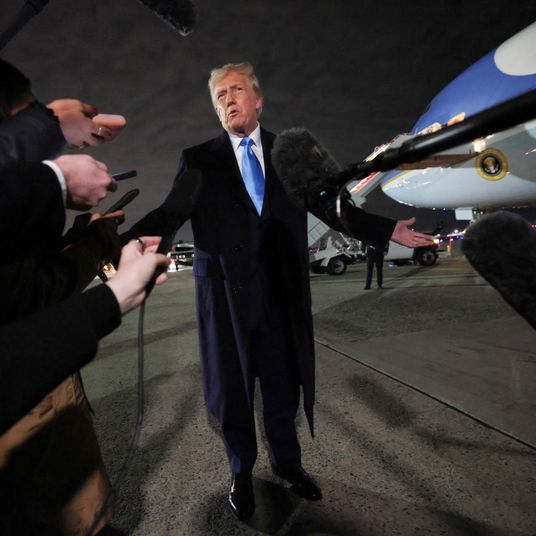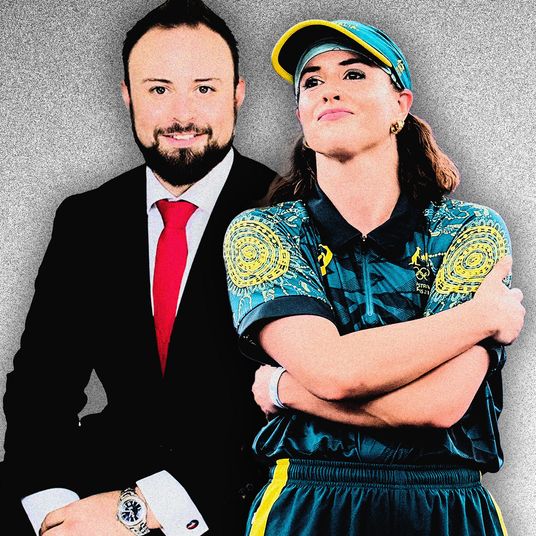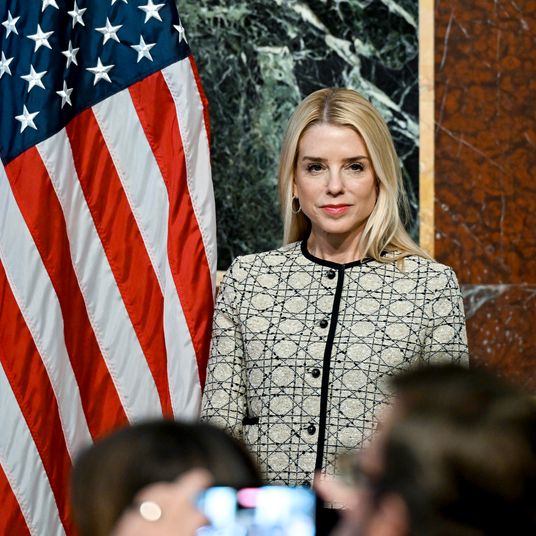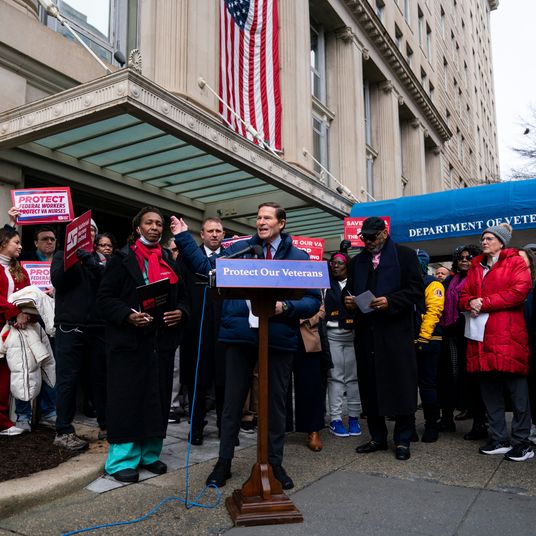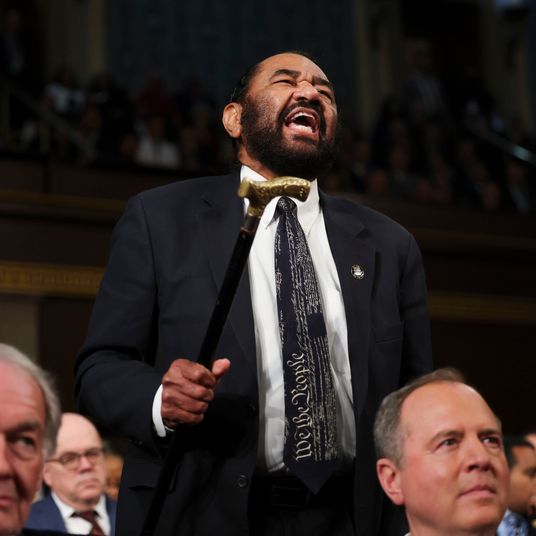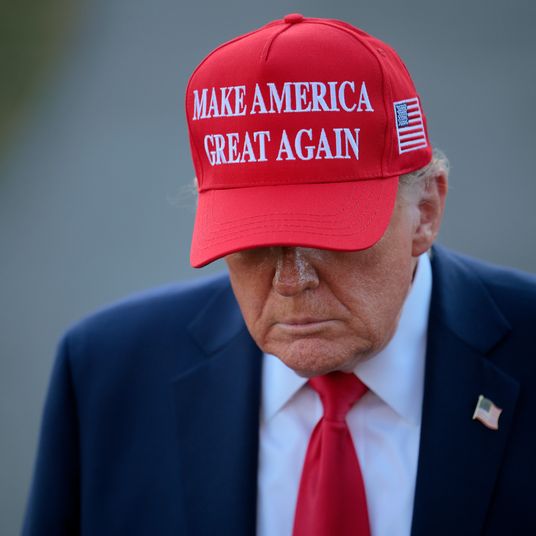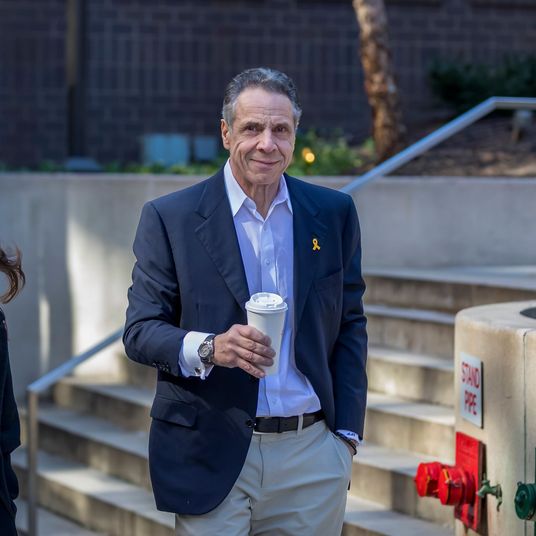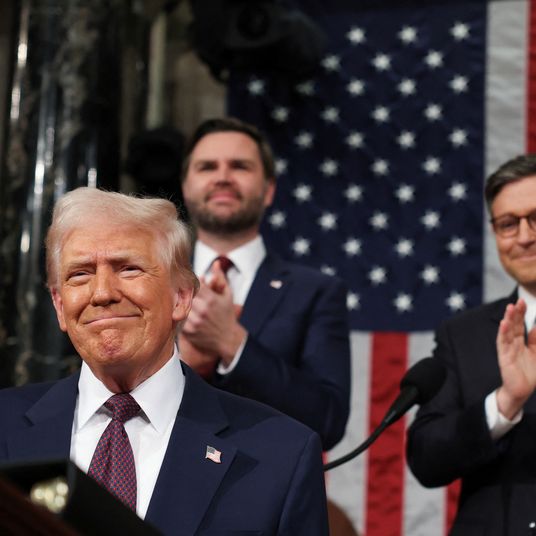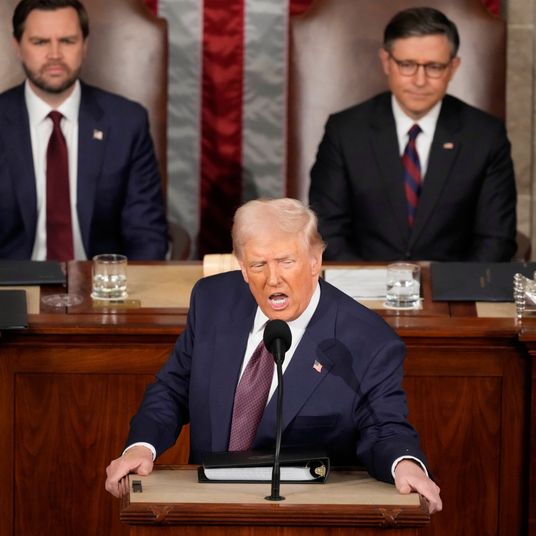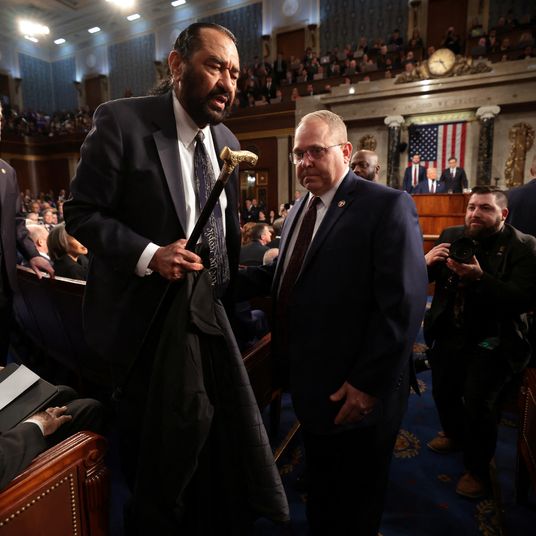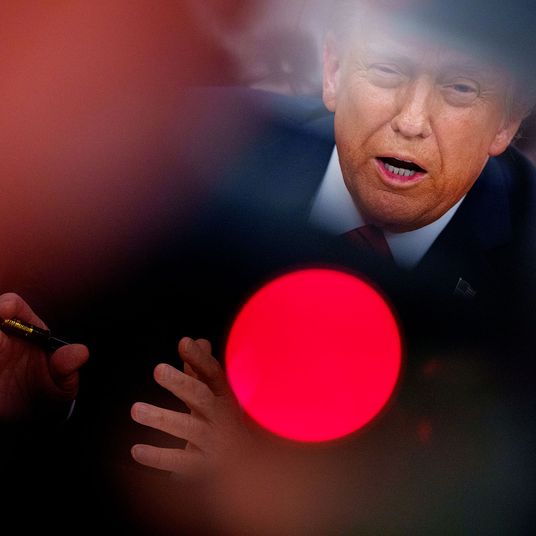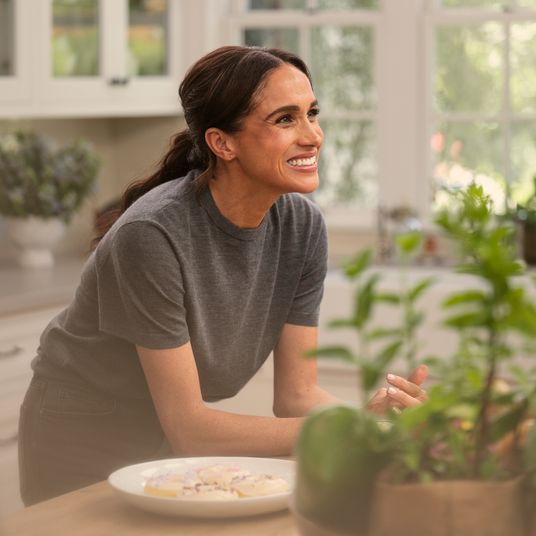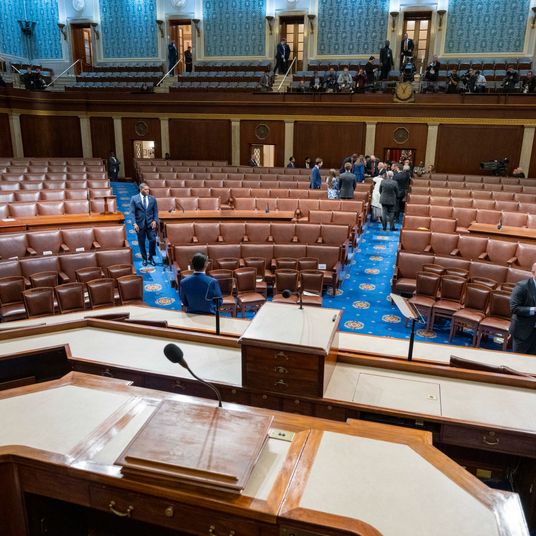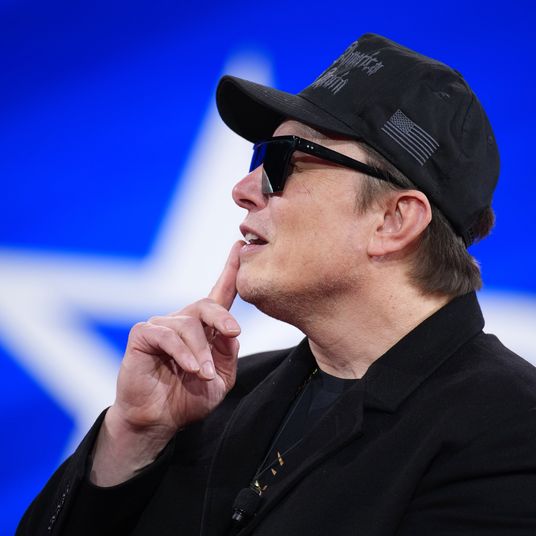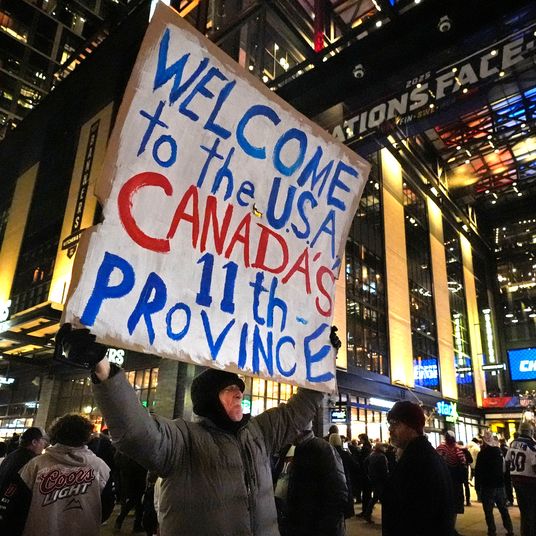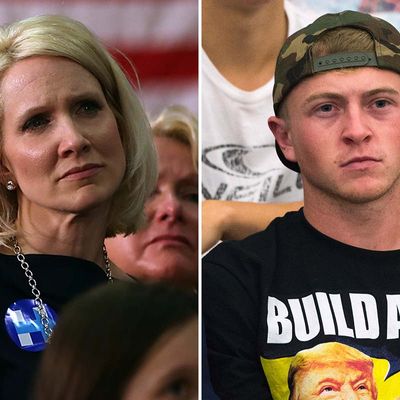
The stereotypical Donald Trump voter is a non-college-educated white man. Hillary Clinton’s base of support is much more diverse, but in terms of general-election swing voters, her stereotypical voter is probably a professional white woman. Stereotypes are always overgeneralizations and are sometimes misleading, but depending on how the general election develops, the impressive strength of the major-party candidates among downscale white men and upscale white women could prove to be the key matchup.
Veteran journalist Ron Brownstein looked at the internals of some recent general-election polls and found that adding gender to education levels among white voters produced a shocking gap between the two candidates.
In early polling, the class inversion between Clinton and Trump is scaling unprecedented heights. In the national CBS/NYT poll, Trump led Clinton by 27 percentage points among non-college-educated white men, while she led him by 17 points among college-educated white women, according to figures provided by CBS. The ABC/Washington Post survey recorded an even greater contrast: it gave Trump a staggering 62-point advantage among non-college-educated white men and Clinton a 24-point lead among college-educated white women. State surveys reinforce the pattern. In the Pennsylvania Quinnipiac survey, Trump led among non-college-educated white men by 43 points, but trailed by 23 among college-educated white women. In Quinnipiac’s latest Ohio survey, Clinton’s vote among college-educated white women was 20 points higher than her showing among blue-collar white men.
Brownstein argues that each candidate is reaching, or in some cases exceeding, the all-time records for their party in these demographics — which means the gap could be larger than ever, too. What makes the trade-off potentially acceptable to Democrats is that college-educated white women are a growing part of the electorate while non-college-educated white men have been steadily declining for decades. What gives Republicans some hope is the theory that blue-collar white men, who are usually somewhat marginal voters, will turn out at record levels for Trump. Sean Trende, the primary author of the “missing white voters” hypothesis explaining a big part of Mitt Romney’s 2012 loss, thinks Trump is a good fit for these voters despite his weaknesses elsewhere in the electorate.
To be very clear: Even though these two opposite corners of the white vote are significant, in the end, a vote is a vote, and there are many dynamics that could matter more. Most notably, if Hillary Clinton can reassemble the “Obama coalition” of young and minority voters with the same percentages and turnout numbers as the president did in 2012 or (even more) in 2008, she has a big margin for error among all categories of older white voters. And within the universe of white voters, racial polarization could give Trump a higher share of college-educated voters than currently appears likely, while Democrats have high hopes of doing very well among non-college-educated white women by hammering away at the mogul on both economic and gender issues.
In the end, Democrats have won the popular vote in five of the last six presidential elections and have a coalition that is growing while that of the GOP is shrinking. They also have a nominee who, for all her problems, raises far fewer worries among both swing and base voters than does the Republican. Trump’s carefree attitude about who he offends could be more problematic in a general than in a primary election, and his disdain for the technological tools necessary to carefully target voters could prove to be a strategic handicap.
If the election does come down to a contest between women and men of any race or level of educational achievement, a Clinton victory would be not only historic, but also a demonstration of the power of sisterhood against an opponent who’s a cartoon-character representation of the Man.






